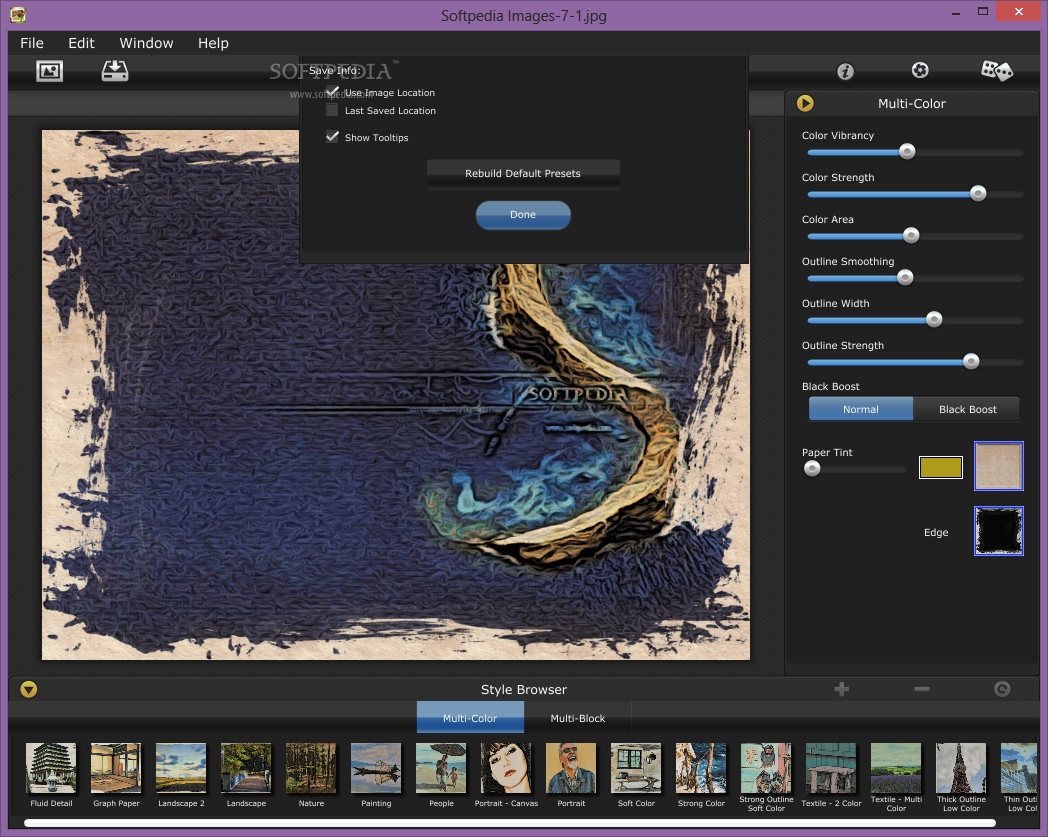

Hotei 'C' seal without series title cartouche. Illustrated in Watanabe's 1936 Catalogue (April 1935). Further confirmation of series cartouche being earlier from chip in keyblock right stair. The same area was damaged again midway through sequence - or was perhaps recarved into a more convincing leaf - confirming that prints with Hotei 'C' seal and series cartouche were all earlier than those without cartouche.

The keyblock upper-right tree showed new damage not seen previously - something being dropped on it or it being dropped. Hotei 'C' seal with series title cartouche. The Twenty Views of Tokyo series was not mentioned in the Toledo Catalogue (March 1930) nor do any prints in the Toledo collection show the series cartouche. This and other prints in the series very likely suggested a cartouche introduction in 1929. Hasui scholar Hisao Shimizu proposed that the introduction of the series cartouche was late. The introduction of the series title cartouche Twenty Views of Tokyo 東京二十景. Hotei 'B' seal in right margin with series title cartouche. This suggested that placement of seal changed over time and was not random. These shadows look like a grid pattern and required a double printing impresssion in my reproduction. Impressions from this seq onward generally showed weakly printed shadows under the lower roof, probably weak from a single printing impression. The kimono lining was now the colour of the temple in many impressions.

The keyblock lines on the stairs are starting to break. 3 although showed just a little more block wear. Examples: Christie's auction 2725 lot 602, Scholten 10-5786. Scholten Japanese Art also found an image of this sequence illustrated in The Studio: A Magazine of Fine and Applied Art, November 1927. The 6mm seal was always seen in middle-left inside of the image with the Hotei 'B' seal nearby in the left margin. Dual 6mm and Hotei 'B' seals was consistent with other early Watanabe prints in 1926. The seal was always seen in middle-left inside of the image. The 6mm seal exclusively was consistent with other early Watanabe prints dating from 19. Undamaged keyblock and original colour blocks. As prints fade, the reds should fade to a red-orange colour. Secondly, when applying shadow blocks, for which darkness is very much at the discretion of the printer and difficult to consistently maintain, as pigment built in the block, later impressions off the block were darker, less of a bright red and closer to a dark rich red. Firstly because a small amount of keyblock sumi transferred to the block on each impression darkening successive impressions. In my reproduction, the red colour darkened throughout the batch. All prints were bright red before four layers of shadow and baren suji-zuri blocks were layered on top.

Furthermore, as prints fade, the red should fade at a faster rate enhancing the blue.Ĭolour variation in the temple: There was no indication that darker red or brick red temples were earlier. Many original prints show the opalesque effect of blue and red pigments separating as a consequence of not being frequently stirred. The ultramarine blue sank and the red floated in the bowl. In my reproduction, colour would alter from blueberry blue to coronation purple if pigment settled and wasn't frequently stirred. The temple appeared darker against the lining because it had grey blocks layered on top.Ĭolour variation in the scarf: There was no indication that a blue scarf was earlier. Generally afterward colour was the red pigment of the temple. Watanabe applied seals when prints were removed from inventory, not when an edition was printed so, in general for Watanabe-published prints, seals do not indicate when a print was actually made.Ĭolour variation in the kimono lining: The colour was pink until seq. Seals do in fact appear to be indicative of age and this is perhaps because of high demand for this print. The sequence was based on block use and abuse, and then seals and provenance.īlock wear appears to be consistent with Watanabe's seals and their placements. It may or may not describe the population of 3000 prints. States of Hasui's Zojoji Temple in Shiba 芝増上寺


 0 kommentar(er)
0 kommentar(er)
